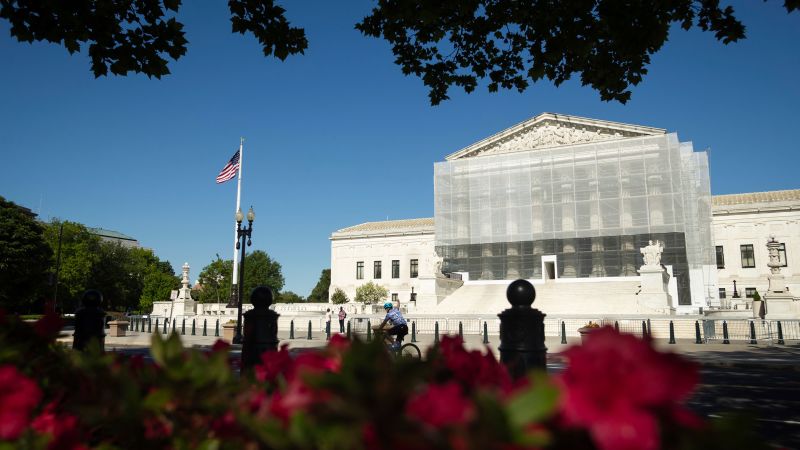On Thursday, the Supreme Court made a landmark decision concerning the intersection of religion and taxation by allowing a chapter of Catholic Charities based in Wisconsin to obtain an exemption from certain state taxes. This ruling has significant implications, as it sets a precedent that could broaden the array of religious entities eligible for tax exemptions under the First Amendment’s protections of religious freedom. The First Amendment, a cornerstone of American democracy, ensures that individuals and religious organizations are free to practice their faith without undue interference from the government.
This ruling is part of a broader trend observed in the Supreme Court’s recent decisions, which have increasingly favored religious organizations. Over the past few years, the Court has addressed various issues involving religious rights, showing a clear inclination towards granting more leeway for these groups in practical scenarios. For instance, past rulings have upheld the right for public funding to support sectarian schools, as well as allowing high school coaches to conduct private prayers on the field after games. These developments indicate a shift in how the Court interprets the relationship between government actions and religious practices, often leaning towards more favorable outcomes for religious entities.
Justice Sonia Sotomayor, writing for the unanimous Court in this latest opinion, emphasized the critical principle of governmental neutrality among different religions. She articulated that the government’s role should be one of impartiality, ensuring that no particular religious belief or organization receives preferential treatment over another. Justice Sotomayor pointed out that while certain challenges in upholding this neutrality may arise, the current case did not present those complexities. She clearly stated that when the government makes distinctions among religious groups based on their theological beliefs and the nature of their services, it risks favoring one denomination over another, which would require the most rigorous level of judicial scrutiny.
This decision reflects a deeper philosophical shift in the judiciary’s portrayal of the law surrounding religion. By endorsing the exemption for Catholic Charities, the Supreme Court reaffirms the notion that religious organizations play a vital role in societal welfare and community services. Such acknowledgments can lead to broader implications for various faith-based organizations seeking similar exemptions across the nation.
It is essential to recognize the potential consequences that defining religious exemption in this expansive manner might have. This clarity may pave the way for increased scrutiny into how government interacts with and regulates religious organizations. As charitable entities often rely on government partnerships for funding and support, this ruling encourages a reexamination of what constitutes a sufficient governmental engagement with religious charities without compromising the essential tenets of the separation of church and state.
At present, this ruling is being characterized as a breaking story, and updates are anticipated as legal experts and community leaders respond to the emerging implications of the decision. Advocates argue that this ruling could usher in a more favorable climate for faith-based initiatives that provide essential services in various communities while adhering to their religious convictions. Conversely, detractors may express concerns about the potential for entanglement between government funding and religious doctrine, which could infringe on the critical boundaries established by the First Amendment.
As the Supreme Court evolves its stance on religious rights, both proponents and opponents of this decision are bracing for the broader implications it may have across multiple sectors, including education, healthcare, and social services. The discourse surrounding this ruling will undoubtedly reflect ongoing tensions between faith and governance in a diverse society, sparking further debates about the role of religion in the public domain.



